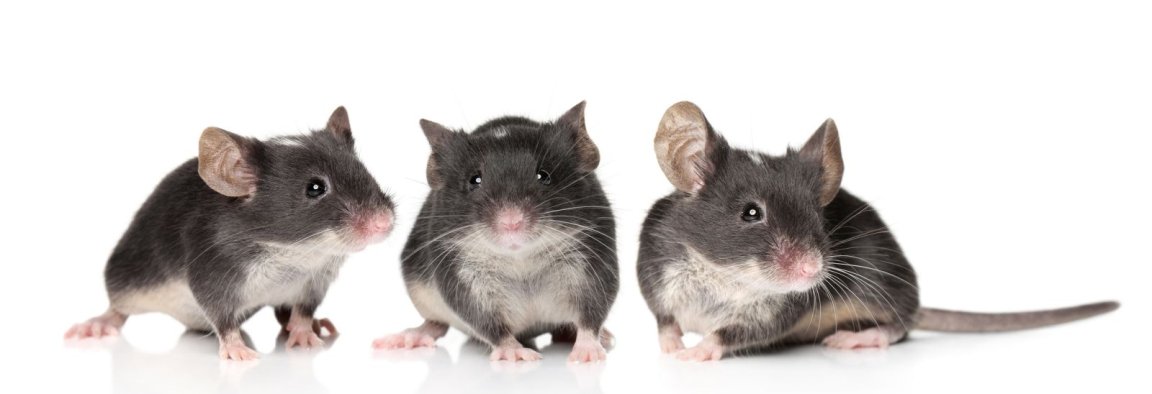
Brighter Future
The possibility of restoring sight to the blind has been receiving a lot of attention as of late. Research dedicated to preventing or correcting blindness has even been getting some help from artificial intelligence (AI). Scientists are also looking at surgical means of restoring eyesight lost through retinal degeneration. Hereditary factors are most often the cause of the disease and are categorized by the progressive death of cells in the retina, which eventually leads to vision loss and blindness.
For the first time, researchers were able to restore some sight in mice through retinal transplants. Previous attempts have been made to transplant retinas, yet this is the first time the transplanted photoreceptors connected to the host cells and were able to send signals to the brain of the subject.
The group found that using embryonic stem cells from mice to grow 3D retinal sheets resulted in implantable tissue that developed normal structural connectivity. According to first author, Michiko Mandai, “Using this method was a key point. Transplanting retinal tissue instead of simply using photoreceptor cells allowed the development of more mature, organized morphology, which likely led to better responses to light.”
The subjects had to undergo a two-step process to test the success of the transplant. First, the team had to verify that the transplanted tissue successfully connected and could deliver visual information to the subject’s brain. Second, the team had to be able to assess if the mice could in fact now see and respond to light. Both tests were successful, as the fluorescent proteins used to label the respective ends of the transplanted photoreceptors and the host’s cells made contact with each other, signifying connection. For the second test, the researchers were able to demonstrate that the formerly blind mice could learn using a behavioral learning task using light, thus verifying that the retinas were responding to light and the information was successfully being transmitted to the brain.

Plenty of Hope in Sight
Cautious optimism must be exercised, as in any successful testing in mice, as the results are not necessarily always duplicatable in humans. Also, it must be noted that the transplant does not restore complete vision, just the ability to see light. Still, Mandai is hopeful: “These results are a proof of concept for using iPSC-derived retinal tissue to treat retinal degeneration.”
He also recognized the importance of further animal testing, “We are planning to proceed to clinical trials in humans after a few more necessary studies using human iPSC-derived retinal tissue in animals. Clinical trials are the only way to determine how many new connections are needed for a person to be able to ‘see’ again.”
So while even if the clinical trials prove successful in humans, it will be a very long time until the treatment is widely available. There is plenty to celebrate with this discovery. With the many ways science is tackling vision loss and blindness, whether a child is born blind or a person develops it due to disease or trauma, there is hope in sight.